More than a talking pole
How your organisation really benefits
Automate
The bot handles repetitive questions and eases the load on inbox and phone lines, freeing the team to tackle more complex issues.
Personalise
When a customer logs in, the bot immediately shows relevant orders, warranties or return labels — preventing frustration on both sides.
Integrate
The external chatbot connects securely to ERP, CRM and Spartner’s Mind Platform, so every interaction is logged centrally and can be reviewed later.
Optimise
Real-time dashboards reveal the most common questions; you use those insights to improve FAQs, product pages or even your range.

An external chatbot is like a host in a busy restaurant
He welcomes guests, answers questions and fixes small annoyances before the waiter even arrives.
Cost savings without compromise
Research by Gartner shows that a well-implemented chatbot can cut support costs by up to 30 %. We see inbox volumes shrink fastest — no more pinging Outlook notifications.
Higher NPS, shorter waiting times
Customers get an answer within three seconds. That feels lightning-fast, especially late at night or on Sunday morning.
Fewer tickets: on average –42 % in the first six months
Higher conversion on product pages: +7 % click-to-cart
Measurable increase in repeat purchases because service is frictionless
Greater team satisfaction, as repetitive work drops dramatically
Roadmap for a successful external chatbot.
A clear route from ambition to results.
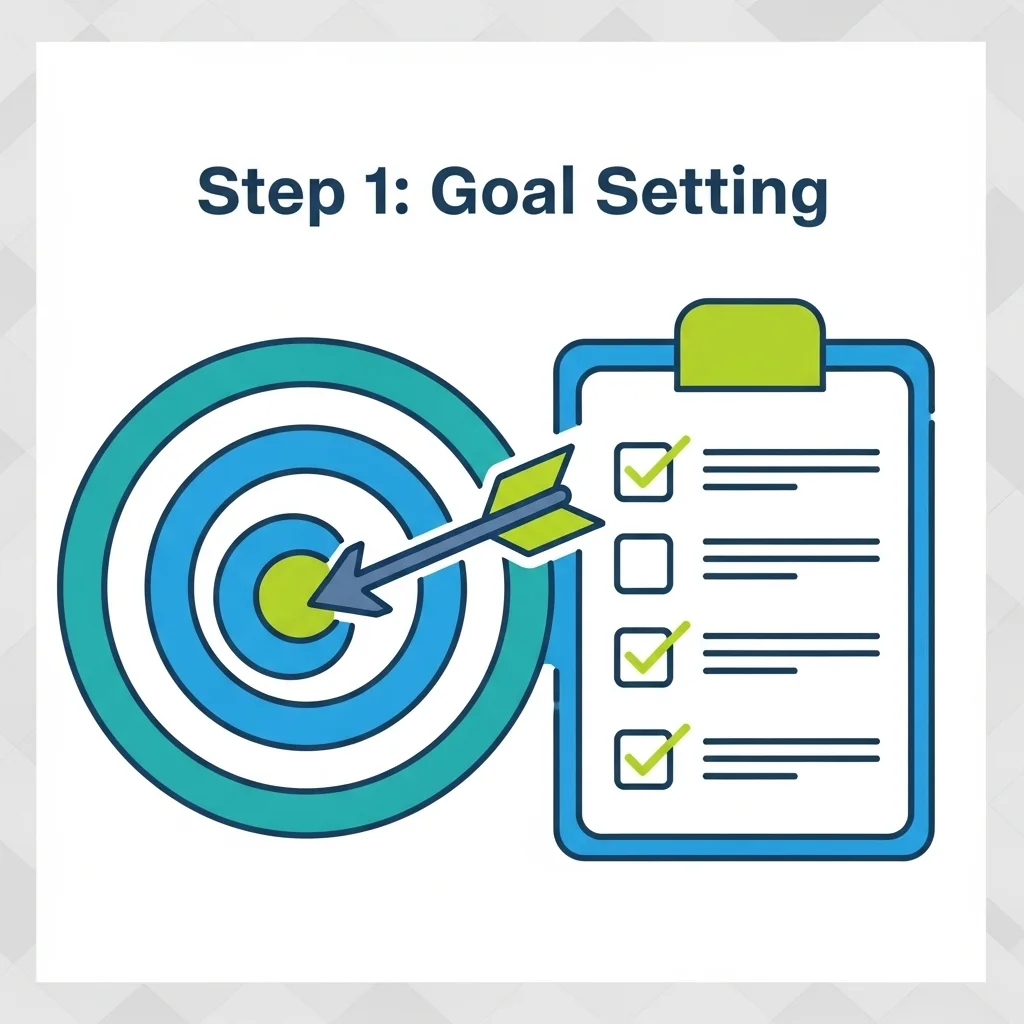
Step 1: Define your objectives.
First determine why you want an external chatbot at all: do we aim to reduce ticket volumes, increase revenue, or both? Without clear KPIs the bot becomes a gimmick.
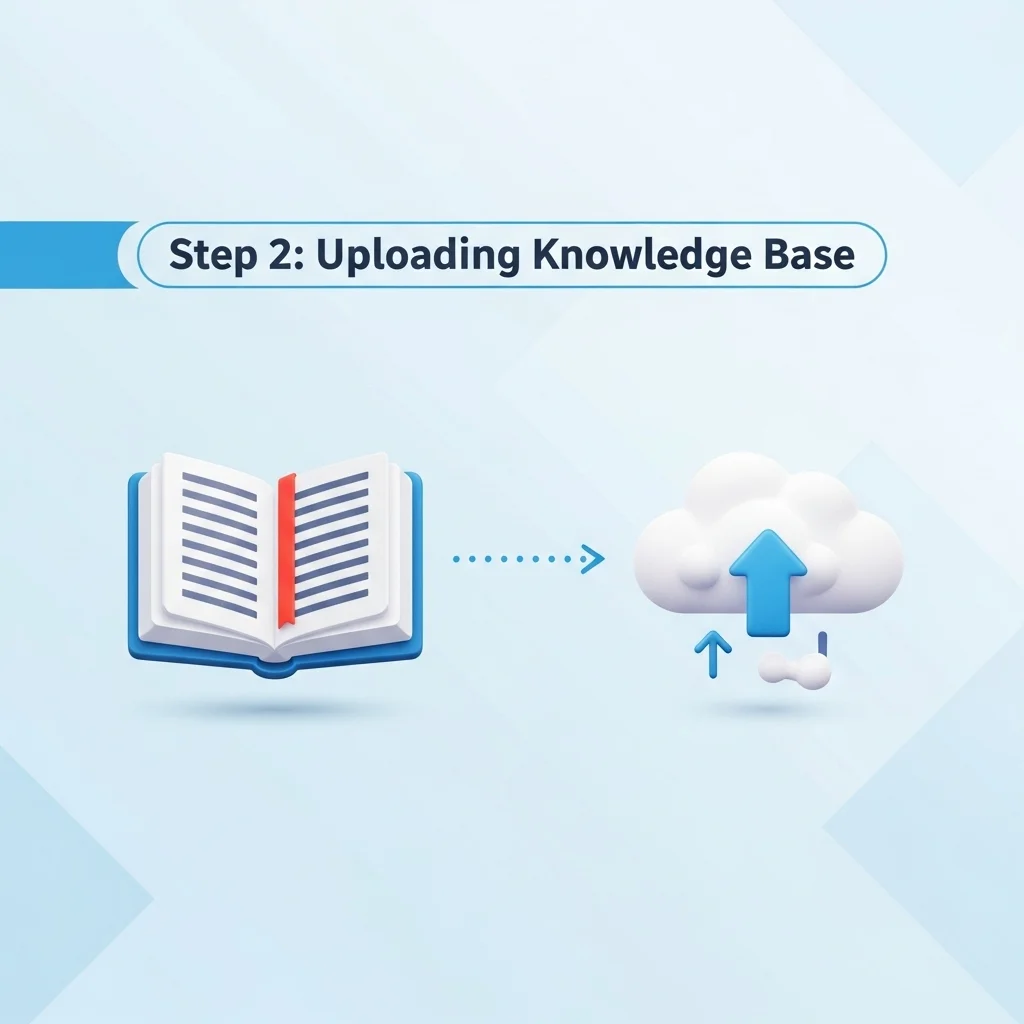
Step 2: Populate the knowledge base.
Upload manuals, return policies, product specifications and maintenance guides. The richer the content, the smarter the answers. You can always add new sources later.
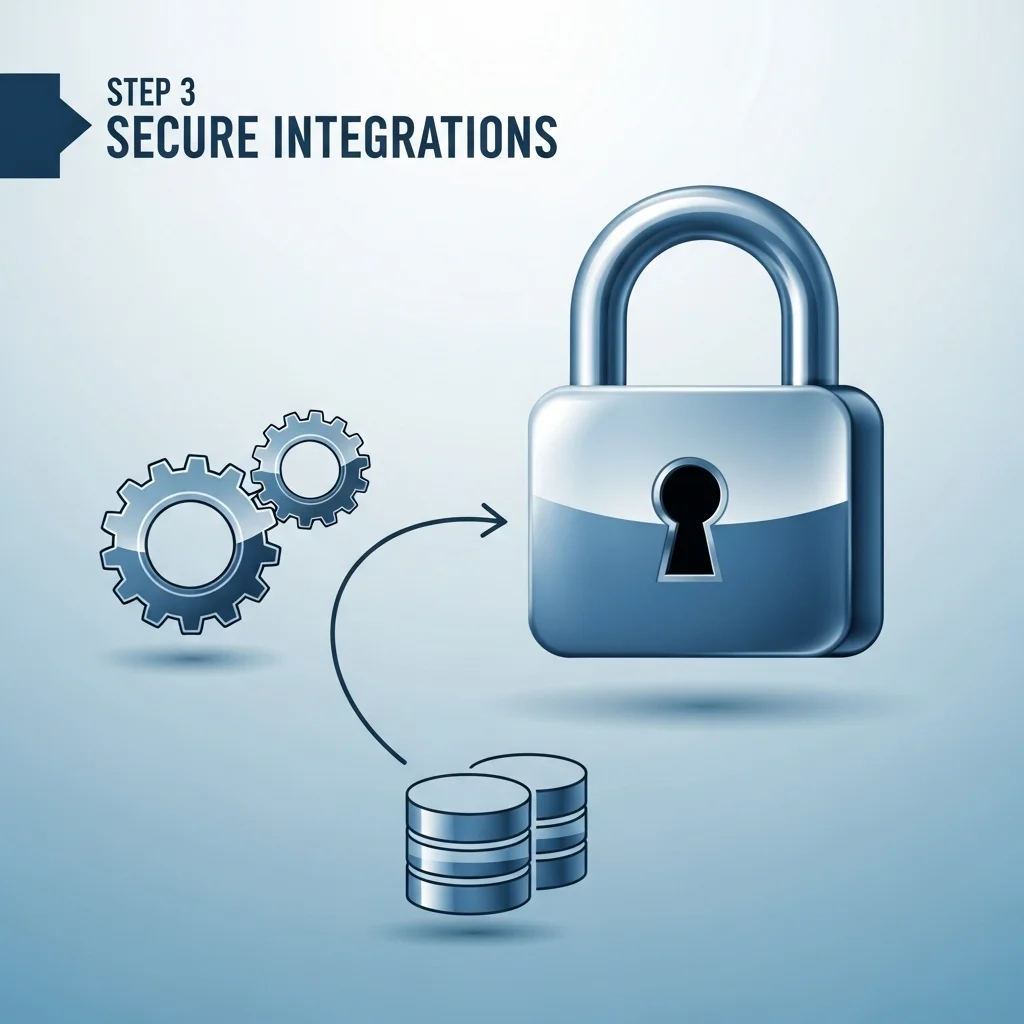
Step 3: Create secure integrations.
Spartner builds a secure bridge to your ERP, e-commerce platform and CRM. The bot recognises a logged-in customer and fetches order data in real time. (Yes, truly in real time.)
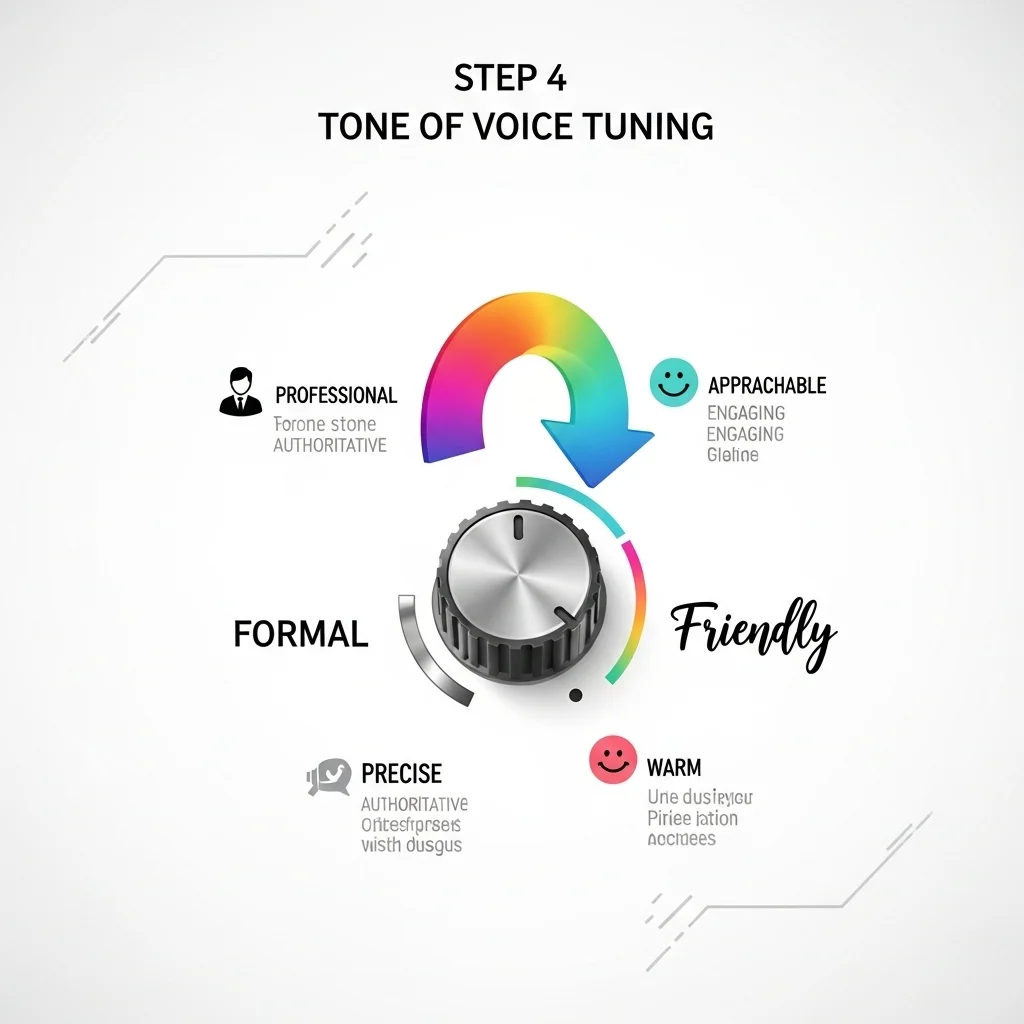
Step 4: Fine-tune the tone of voice.
An external chatbot speaks your brand language — friendly, to the point, with a hint of humour or ultra-formal. We test this with A/B dialogues and track which version performs better.
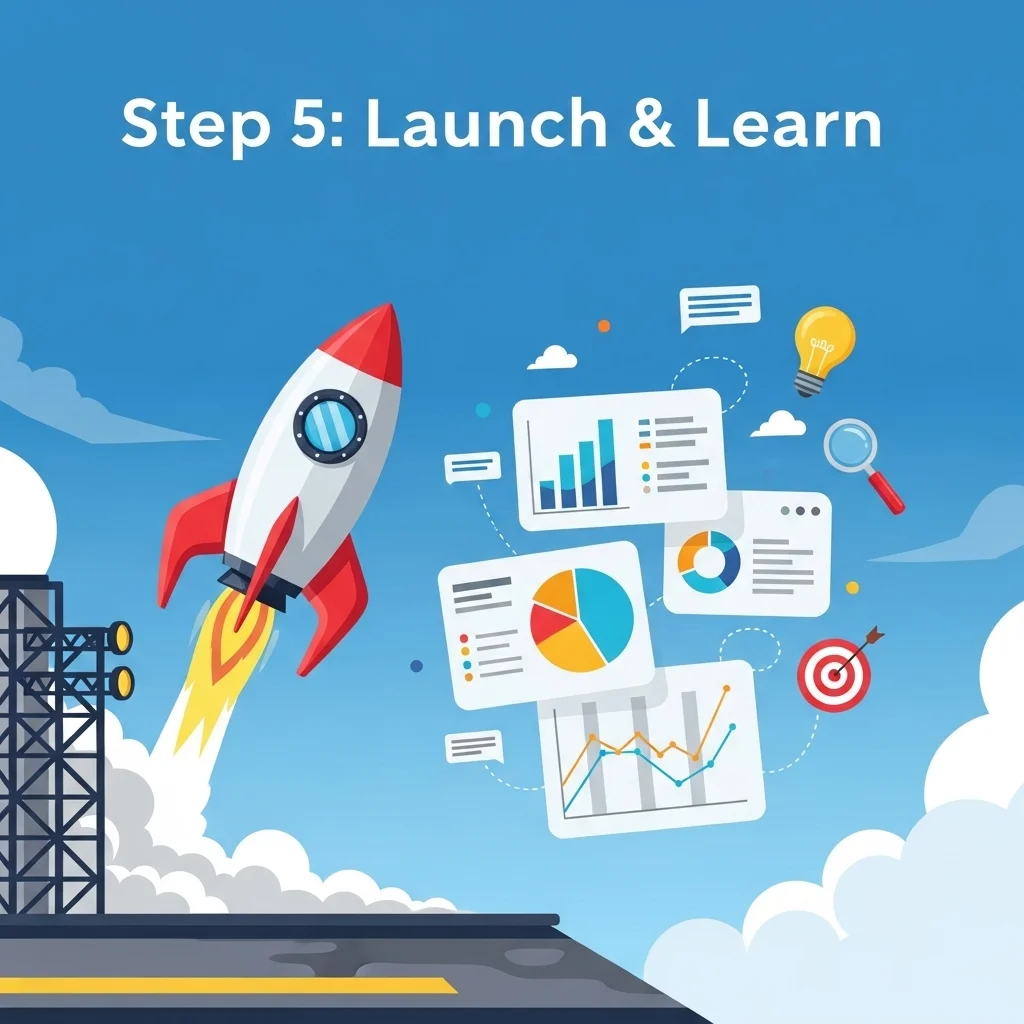
Step 5: Launch and learn.
Go live, monitor unanswered questions in the Mind Platform and retrain where needed. Iteration becomes a habit, not a project.

A peek under the bonnet
How the technology integrates seamlessly with existing systems
An external chatbot may feel like magic, but under the hood it relies on three pillars: NLP models, data connectors and a feedback loop.
NLP models understand context
The bot uses advanced language models to truly understand the user’s question. When someone asks "Where is my order?", the bot immediately checks which term influences delivery time: order number, postcode, carrier.
Data connectors open the gate
Through APIs the chatbot talks to ERP systems, WMS and payment gateways. This happens in milliseconds, keeping the conversation fluent.
Feedback loop improves responses
The Mind Platform records every interaction. If a response is rated poorly, the model automatically gets a hint to retrain on that topic. The bot therefore evolves with changing customer questions.
In fact, we see that 80 % of improvements come from that feedback loop, not from large re-training sprints.

Practical tips for a flying start
From pilot to scale without growing pains
Start small, think big
Begin with one product line or service topic. Once feedback is positive, roll it out to the rest of the range.
Involve the service desk
Let agents listen in and write along. Their real-world knowledge prevents the bot from sounding like pure marketing.
Set escalation rules
Not every question is bot-proof. Define clear triggers — words like "legal", "complaint" or "urgent" — that immediately route the chat to a human agent.
Measure more than satisfaction
Track time-to-answer, self-service ratio and even missed sales opportunities. Data tells the real story.
Tip: create a landing page for after-hours visitors with the bot as the star
Tip: use conversation logs to write new FAQs

Critical notes and pitfalls
Because rose-tinted glasses help no one
Over-automation is a real risk
When everything runs on scripts, human nuance can disappear. Some organisations feel complaints more keenly because the bot is too rigid.
Privacy remains sensitive
An external chatbot that shows order data must comply with GDPR. Encryption in transit and at rest is therefore a must-have.
Silo thinking sabotages success
If marketing, IT and customer service keep working separately, implementation stalls. Set up a multidisciplinary team from day one — it saves endless emailing.
Finally: test regularly with real end users. Internal staff rarely start a chat with "hi quick question", while customers often do.


Ready to amaze the outside world?
Let’s have a no-strings chat about how an external chatbot can transform your customer service. No PowerPoint extravaganza, just a concrete conversation with examples from your sector. Simply book a virtual coffee — we’ll keep it warm.
What is the difference between an internal and an external chatbot? 🤔
An internal bot supports employees with HR questions, systems and procedures. An external chatbot targets customers, prospects and suppliers. It answers questions about products, orders and returns, and gains access to customer data as soon as someone logs in.
How long does it take to launch an external chatbot? ⏳
That depends on the number of data sources and required integrations. With a limited scope (think: one knowledge base and a web-shop API) we’re talking a few weeks; complex ERP integrations can take longer. Gathering content is usually the bottleneck.
How secure is such a bot? 🛡️
All requests run over encrypted connections (TLS 1.3) and data is stored in highly secure EU-based data centres. The Mind Platform also enforces role-based access, so only authorised staff can view logs.
Will the bot replace real employees? 🙅♂️
No — it removes repetitive work, giving staff the space to handle more complex issues and customer experiences. Teams often see the bot as a colleague, not a competitor.
Does the chatbot support multiple languages? 🌍
Absolutely. Dutch, English, German, French and Spanish are enabled by default. Additional languages can be added via a translation workflow with native-speaker fine-tuning.
What if a customer provides incorrect details? 🤷♀️
The bot validates input — for example whether an order number matches the correct format — and asks for clarification if needed. When in doubt, the chat is escalated to an agent.
Can we adjust the tone of voice? 🎨
Definitely. Through the admin portal you can tweak greetings, humour level and forms of address ("you" versus "sir/madam") in real time without redeploying.
What does an external chatbot cost? 💶
Exact pricing depends on usage, number of integrations and the desired SLA. We’re happy to discuss your situation and provide a transparent proposal with no nasty surprises.
How do I measure whether the bot is successful? 📈
Look at self-service ratio, average handling time, customer satisfaction (CSAT) and impact on conversion. The dashboard in Mind Platform shows these metrics out of the box.
Can I later expand to voice or WhatsApp? 📱
Yes. The same conversational engine can power voice assistants or messaging channels — often it’s mostly a matter of channel-specific UX tweaks.










.webp)
